Stir-fried beef with yellow ants and chha leaves
This is a famous specialty in Tri Ton, An Giang . The three main ingredients of this dish are beef, weaver ants and chha ca dao leaves.
Weaver ants are usually purchased from Khmer people. Before processing, the ants must be washed with diluted salt water. Beef is usually the thigh or tenderloin.
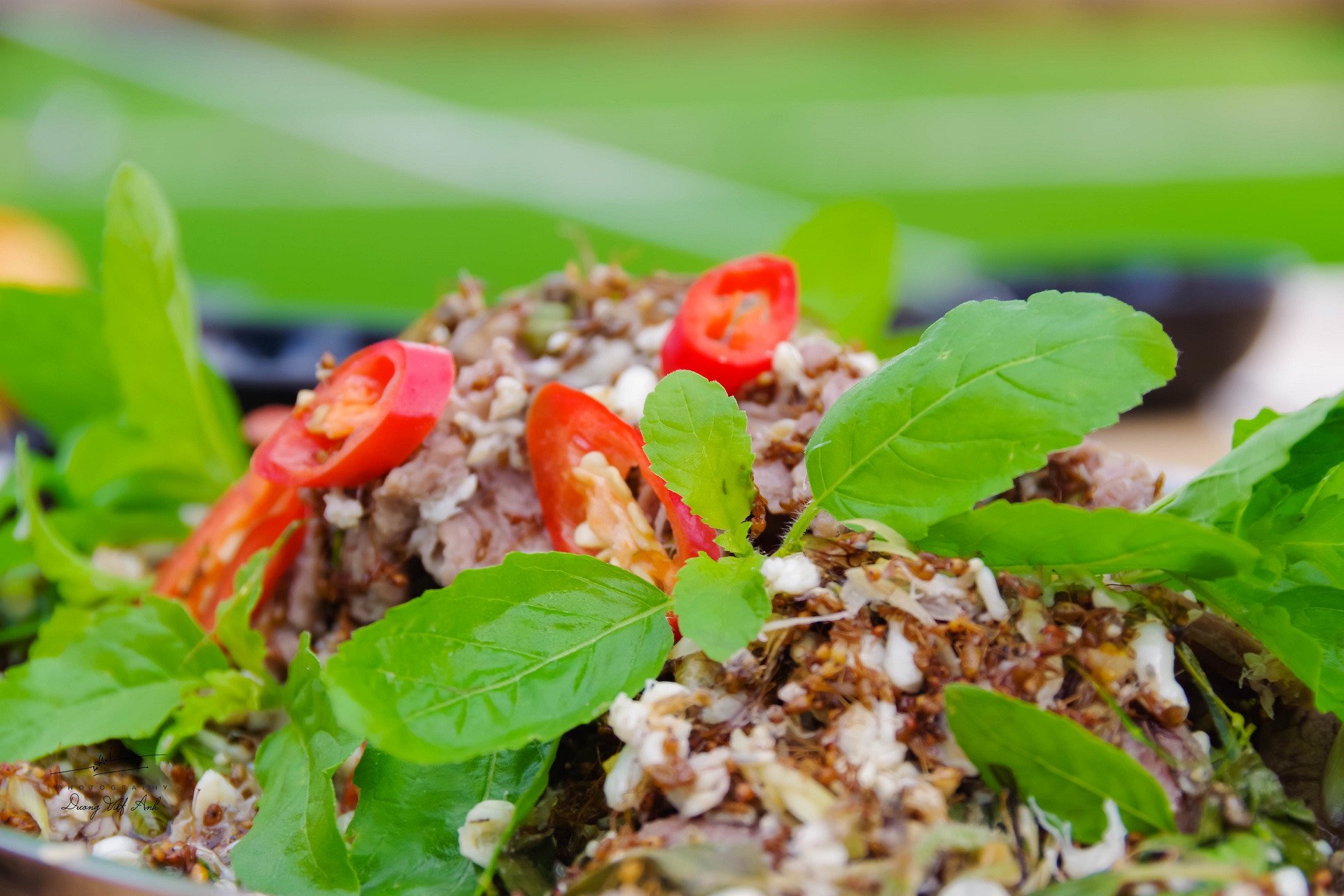
The ingredient chha ca dao leaves is not strange to locals but arouses curiosity among diners from far away. Many people think that the restaurant's menu is "spelled incorrectly". This type of leaf has a very unique flavor, similar to basil and lemongrass, with a pleasant aroma.
The beef is stir-fried with yellow ant nests until just cooked, seasoned to taste, then chha ca dao leaves and chili are added. When finished, the beef is delicious, tender, and mixed with the light sour taste of yellow ants and the aroma of chha ca dao leaves.
Chicken burned with betel leaves
Chicken burned with Chuc leaves (Gà gà gà Ô Thum) is a dish originating from Cambodia, introduced to An Giang a long time ago and gradually becoming a popular specialty. Chicken burned with Chuc leaves is in the top 100 Vietnamese specialties (2020 - 2021).
In addition to familiar spices such as salt, lemongrass, garlic, and chili, people also marinate chicken with a typical ingredient of An Giang: Chuc leaves. This is also an important factor that determines the delicious taste of the dish. Many people who first hear it think it is bamboo leaves.
When served on a tray, the grilled chicken dish fascinates diners with its crispy skin, honey-brown color, and the characteristic aroma of the betel leaves.

Jackfruit salad
This dish is made from the main ingredients of young leaves and flowers of the sầu đâu tree. This is a wild plant that grows in many regions of An Giang.
In the Central region, there is also the sầu đâu tree (also known as sầu đông), but the flowers are purple and the leaves are poisonous and inedible. In the Western provinces, the sầu đâu tree has white flowers and bitter leaves, and is often used by people as an ingredient in cooking.

An Giang people often wash young leaves and flowers of the sầu đâu tree, then blanch them in boiling water to reduce the bitterness, then drain. Next, chop or shred the accompanying ingredients such as pineapple, mango, and cucumber.
Boiled pork belly is sliced thinly, dried fish is grilled and shredded, boiled shrimp is peeled and headless.
Like other salads, durian salad is mixed with a special sauce, made from fish sauce (or linh fish sauce) and tamarind essence. This is also considered the “soul” of the dish.
Tung Lo Mo
Tung lo mo or beef sausage is one of the very special specialties of the Cham people living in Chau Doc - An Giang.
In fact, the name tung lo mo comes from the name "tung laomaow" which is misread by Vietnamese people. In Cham language, "tung" means intestine, and "laomaow" means cow, translated into Vietnamese it would be beef sausage. Diners who hear this name for the first time will find it very strange.
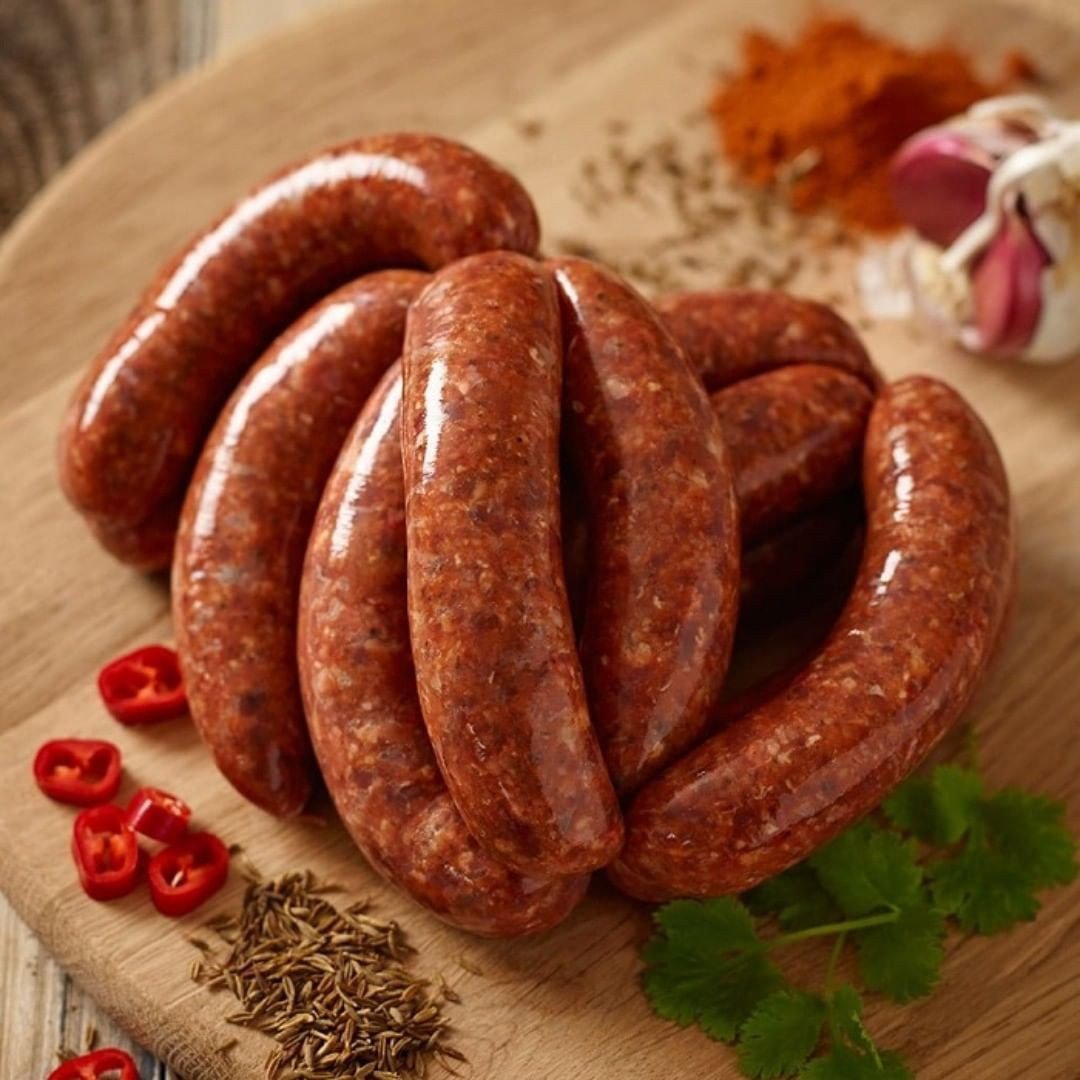
To make this dish, people use beef intestines as the outer covering. The filling inside is beef mixed with minced fat. The spices used to prepare the dish include pepper, garlic, cold rice and some secret ingredients of the Cham people.
Tung lo mo should be enjoyed while still hot, served with basil, sweet and sour pickled papaya, coriander and soy sauce.
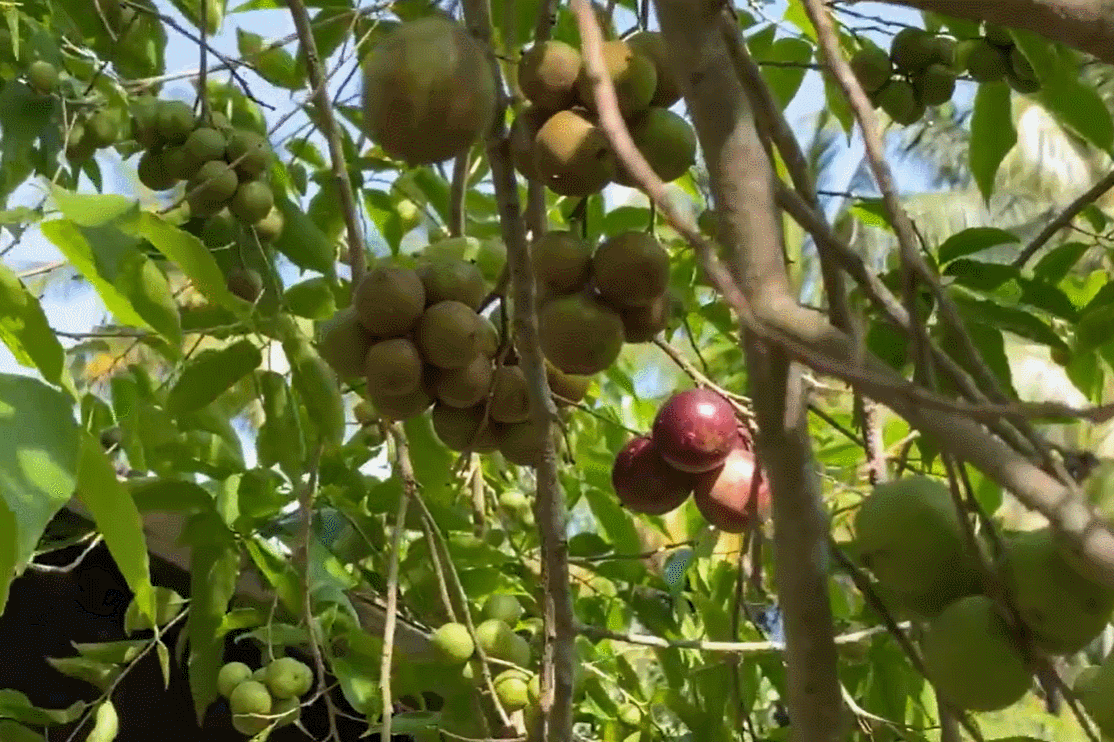
Source: https://vietnamnet.vn/dac-san-an-giang-ten-tuong-viet-sai-chinh-ta-khach-thu-mot-lan-thich-me-2464391.html



![[Photo] General Secretary To Lam receives President of the Senate of the Czech Republic Milos Vystrcil](/_next/image?url=https%3A%2F%2Fvphoto.vietnam.vn%2Fthumb%2F1200x675%2Fvietnam%2Fresource%2FIMAGE%2F2025%2F11%2F21%2F1763723946294_ndo_br_1-8401-jpg.webp&w=3840&q=75)

![[Photo] National Assembly Chairman Tran Thanh Man holds talks with President of the Senate of the Czech Republic Milos Vystrcil](/_next/image?url=https%3A%2F%2Fvphoto.vietnam.vn%2Fthumb%2F1200x675%2Fvietnam%2Fresource%2FIMAGE%2F2025%2F11%2F21%2F1763715853195_ndo_br_bnd-6440-jpg.webp&w=3840&q=75)
![[Photo] President Luong Cuong receives Speaker of the Korean National Assembly Woo Won Shik](/_next/image?url=https%3A%2F%2Fvphoto.vietnam.vn%2Fthumb%2F1200x675%2Fvietnam%2Fresource%2FIMAGE%2F2025%2F11%2F21%2F1763720046458_ndo_br_1-jpg.webp&w=3840&q=75)
![[Photo] Visit Hung Yen to admire the "wooden masterpiece" pagoda in the heart of the Northern Delta](/_next/image?url=https%3A%2F%2Fvphoto.vietnam.vn%2Fthumb%2F1200x675%2Fvietnam%2Fresource%2FIMAGE%2F2025%2F11%2F21%2F1763716446000_a1-bnd-8471-1769-jpg.webp&w=3840&q=75)







































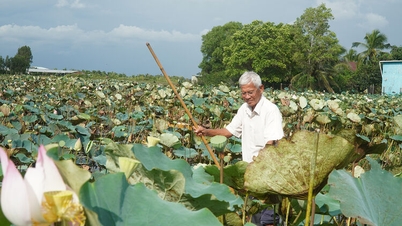

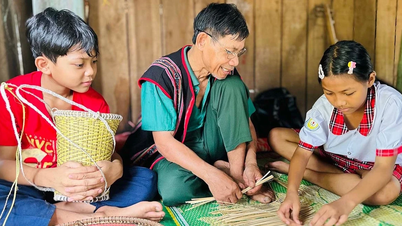


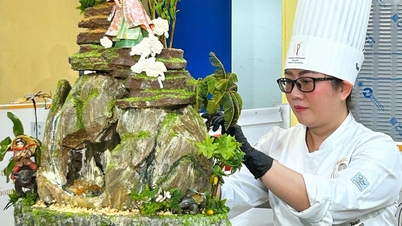




































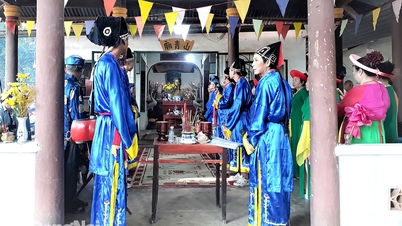





















Comment (0)